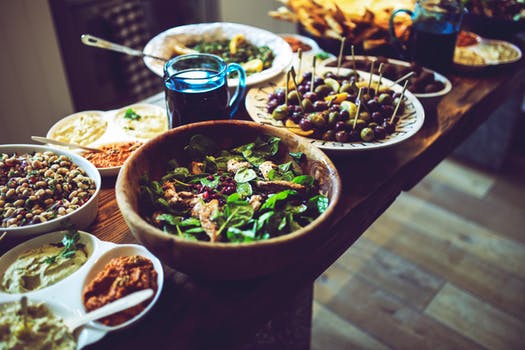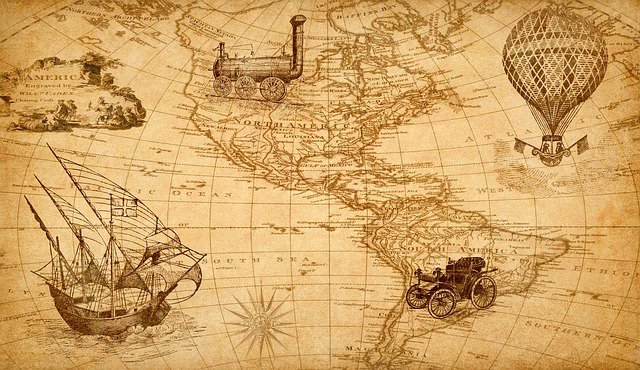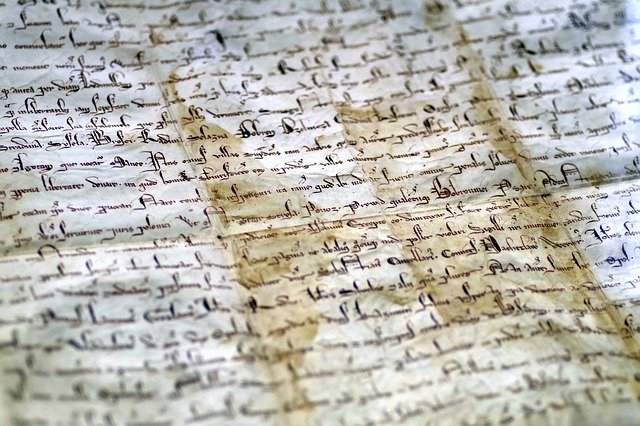When we think of researching our Mayflower ancestors, and their children and grandchildren, the first town that comes to mind is Plymouth, Massachusetts. It was, after all, the capital of the colony and the original 1620 settlement of the Mayflower Pilgrims. However, our ancestors did not stay in ...
Genealogy
Western Massachusetts Brick Walls
Ah, the joy of brick walls! Of course, the fun part is smashing them down. Here is one that has plagued me for a long time now:Esther was the wife of Edward Curtis. She was born about 1748. She married Edward about 1780. Edward was born 4 May 1736 in Dudley, Worcester County, Massachusetts ...
Blackden, Blagdon & Blagden: Name Variations
Sometimes putting families together is a pain. Particularly when you get back into the 1700's and the men in every generation were named, as one of my correspondents put it, "John, Charles or William"! Meet the Blackden, Blagdon and Blagden family (families?) that settled in Massachusetts and ...
Organizing Your Research
I'm always curious about how my fellow genealogists organize their research. I admit it, I'm an old-fashioned sort of gal. I prefer to write letters on stationery and put them in the mail, to use a planner for my scheduling, a notebook for my list-making, and to read paperback and hardcover books ...
Organizing Your Resources
In genealogical research, you will inevitably end up with a lot of links. I must admit I'm a bit of a link hoarder. With anything else in life, I like to keep it simple. Put everything in its place and if I have no use for it, out it goes. Links are too easy to collect, though, especially ...
Manuscript Collections
One of my ex-husband's family mysteries is right there on his paternal side - who are the ancestors of John Goodwin Hawksley? Thanks to my visit to NEHGS several years ago, and not enough hours spent looking through the Isaac Adams manuscript file (there are never enough hours - it is like being ...





